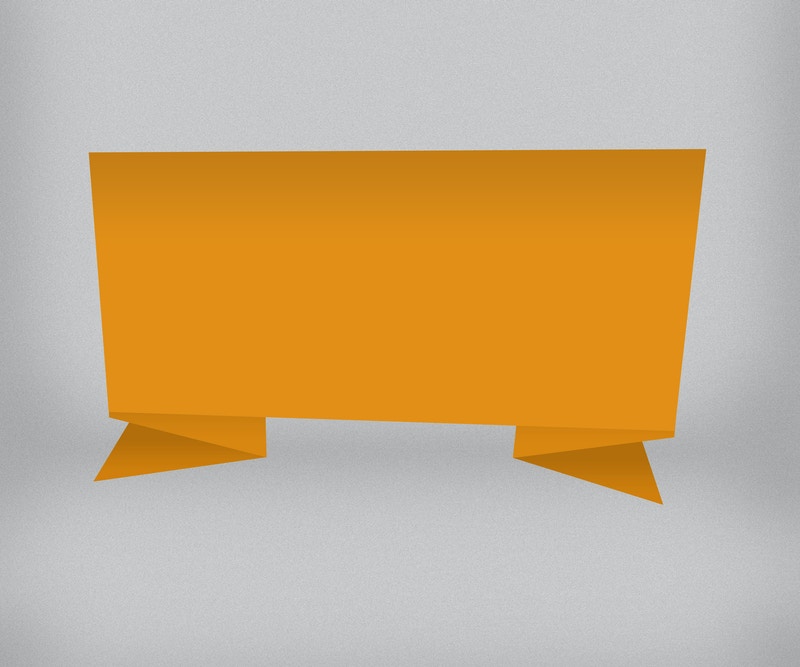

Printed circuit boards are products that can be used in countless different industries — and the more one knows about them, the more clear the reasons why become. Printed circuit boards are the flat insulating sheets often fixed to electronic circuits, mechanically supporting and connecting to electronic components using conductive tracks, pads, and other features. Usually, various components are soldered onto printed circuit boards, and as such the circuit boards themselves need to work perfectly. All but the simplest of electronic products use printed circuit boards on some level, and there is no margin for error. This can only be assured through the process of circuit board prototyping. Circuit board prototyping helps those making circuit boards ensure that their type of circuit board will work as it should. However, before taking on prototype circuit boards, there is more about the industry that you should know. Prototype PCBs are not simply about trial and error, and certainly needs to be taken seriously. With that being said, let’s look into the industry of printed circuit boards, and what exactly goes into circuit board prototyping. That way, you can produce the best possible printed circuit boards, as efficiently as possible.
The Printed Circuit Board Industry: What It Means
First and foremost, you should be aware of the real growth and importance of this industry. In 2011, the PCB industry saw 1.7% of real growth, and the world market for PCBs reached nearly $60 billion in 2012. There is much money involved in the PCB industry, and circuit board prototyping is just a part of that industry — if a vital part. Due to the fact that so many electronic devices are dependent on circuit boards, it can only be expecting to grow more as time passes. What, exactly, goes into the creation of a printed circuit board?
Building A Printed Circuit Board: What It Involves
Usually, there are two methods singled out for assembling printed circuit boards. The first one, known as Surface Mount Assembly, involves taking the components and either mounting them or placing them directly onto the surface of printed circuit boards. The other one is known as Through Hole Construction, and it involves the use of leads. The leads are inserted through holes that were drilled through the printed circuit board and soldered to pads on the opposite side. When it comes to circuit board construction, there are ultimately three types of circuit board construction: single-sided, double-sided, and multi-layered. As for why printed circuit boards are created, this can vary. Indeed, each board is designed for its own individual use. Therefore, it has to be the right size to fit the necessary space. Usually, board designers use design software to layout the board’s circuit designs. The spaces between electrical paths are typically 0.04 inches, or smaller. The location of the holes and contract points can also be laid out in a similar manner. In total, two other types of circuit assemblies can be associated with the printed circuit board. One is the integral circuit, also known as a chip or microchip, a semiconductor wafer. Thousands of tiny resistors, capacitors, and transistors are fabricated by this wafer, and can function as an amplifier, oscillator, timer, counter, computer memory, and microprocessor. The other is a hybrid circuit. This is a miniaturized electronic circuit that is constructed of individual devices, including semiconductors and passive components, all bonded to a printed circuit board. Of course, there are other methods involved in crafting printing circuit boards, on a more basic level.
The Details: Finishing Printed Circuit Boards
A printed circuit board usually has a legend, which can be printed through three different methods. These are silk screen printing, liquid photo imaging, and ink jet printing. Of course, soldering techniques are also used in the creation of a printed circuit board. High volume production is often completed with SMT placement machines, as well as bulk wave soldering and reflow ovens. Skill technicians are also able to solder tiny parts on a more individualized basis.